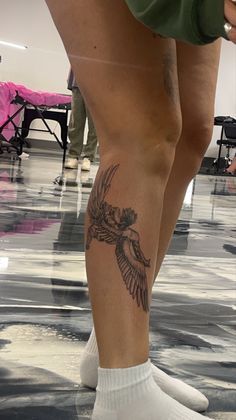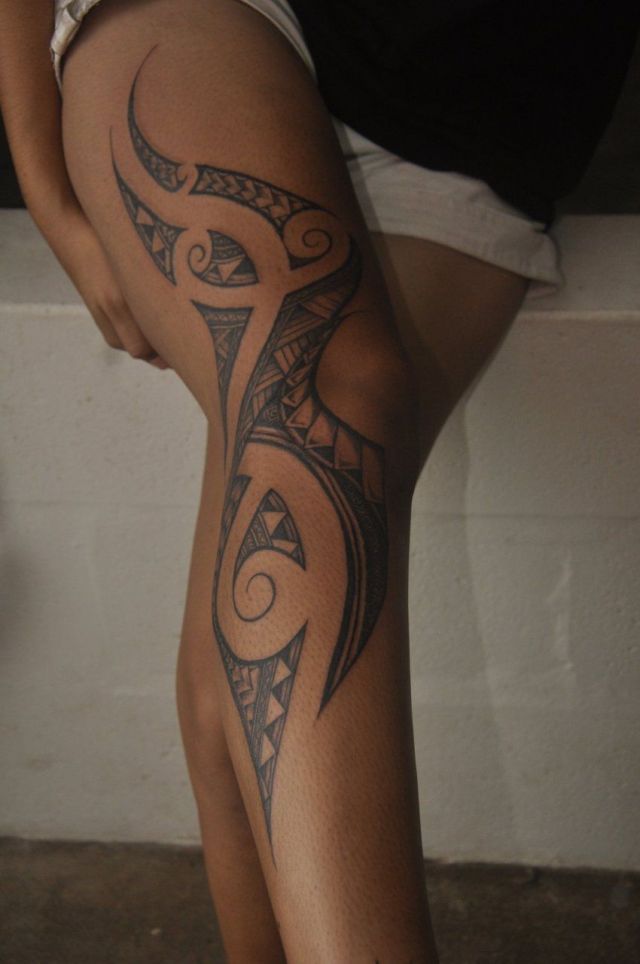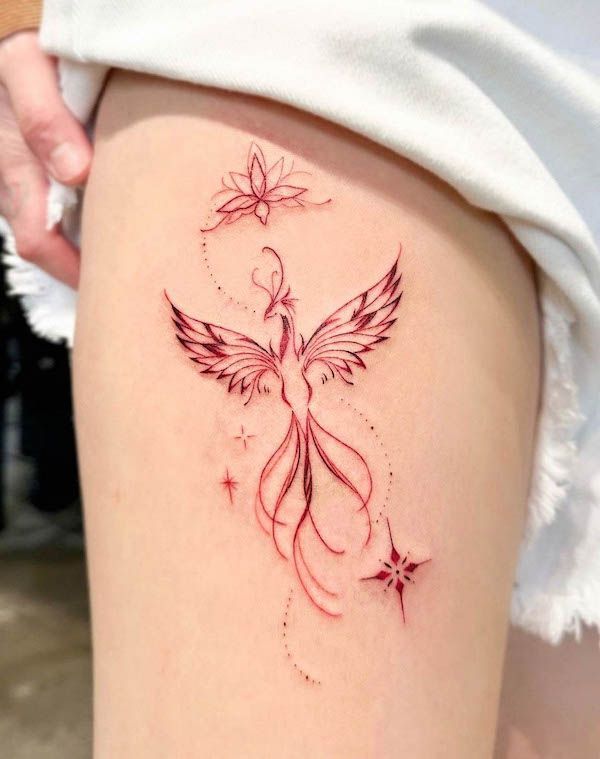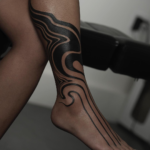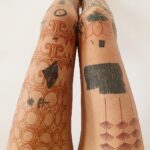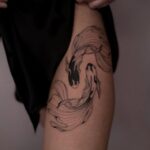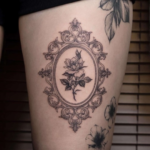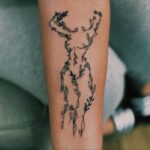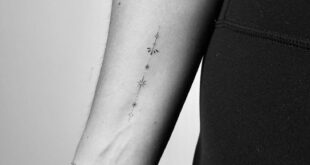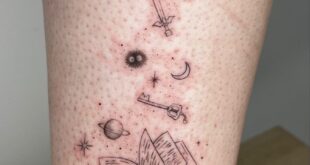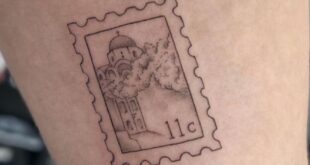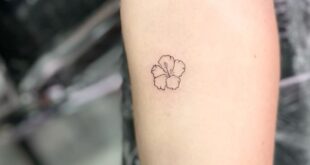Leg tattoos have been growing in popularity over the past few years, with more and more people choosing to ink their lower extremities. From intricate designs to meaningful symbols, leg tattoos offer a unique canvas for self-expression.
One of the reasons why leg tattoos have become so popular is their versatility. Unlike tattoos on other parts of the body, leg tattoos can be easily hidden or shown off depending on the situation. This makes them a great option for those who want to express themselves but also maintain a professional appearance in the workplace.
Another reason for the rise in leg tattoos is the larger surface area available for intricate designs. The calf, thigh, and shin offer plenty of space for detailed artwork, making them a favorite spot for artists and tattoo enthusiasts alike. From realistic portraits to abstract patterns, leg tattoos can be as simple or complex as desired.
Leg tattoos also have a long history of cultural significance. In many societies, tattoos on the legs are seen as a symbol of strength, resilience, and endurance. In traditional Polynesian culture, for example, leg tattoos are considered a rite of passage and a mark of bravery. As a result, many people choose to get leg tattoos to honor their heritage or pay homage to a particular culture.
Of course, getting a leg tattoo is not without its challenges. The skin on the legs is thicker than other parts of the body, which can make the tattooing process more painful. Additionally, the legs are more prone to swelling and bleeding, which can affect the healing process. It’s important to take good care of a leg tattoo, following the artist’s aftercare instructions and keeping the area clean and moisturized.
Ultimately, leg tattoos are a great way to express oneself and showcase individuality. Whether you choose a small, discreet design or a bold, statement piece, a leg tattoo can be a powerful form of self-expression. So if you’re thinking about getting a new tattoo, consider the legs as your canvas and let your creativity run wild.
 innstyled Tattoo Ideas
innstyled Tattoo Ideas
